Description
Notice: despite the limited available information, this page provides information about the Jetex Cream ingredients: Lidocaine and Prilocaine.
Mechanism
The efficacy of Lidocaine and Prilocaine cream is rooted in their ingenious mechanism of action. When applied to intact skin under an occlusive dressing, these creams usher in dermal analgesia through a dual process:
- Release and Accumulation: Lidocaine and Prilocaine are gradually released from the cream, permeating the epidermal and dermal layers of the skin. Simultaneously, they accumulate in the vicinity of dermal pain receptors and nerve endings, orchestrating a symphony of relief.
- Neuronal Stabilization: Both Lidocaine and Prilocaine exhibit their prowess by stabilizing neuronal membranes. They achieve this feat by inhibiting the ionic fluxes necessary for initiating and conducting impulses, thereby bestowing localized anesthetic action.
| Product Name | Type | Use |
|---|---|---|
| Lidocaine and Prilocaine Creams | Amide-type local anesthetics | Pain prevention before procedures |
Timing
The effectiveness of Lidocaine and Prilocaine cream hinges on the duration of application. Here’s a breakdown of timing for different clinical procedures:
- Intravenous Catheter Placement and Venipuncture: To ensure sufficient analgesia, the cream should be applied under an occlusive dressing for at least 1 hour.
- Split Skin Graft Harvesting: For procedures of this nature, the cream’s application should extend under occlusion for a minimum of 2 hours.
Precautions
While Lidocaine and Prilocaine creams stand as stalwart allies against pain, adhering to prescribed amounts and usage guidelines is paramount. Overstepping these boundaries can invite unwelcome side effects and complications. Here’s a concise list of precautions:
- Dosage Adherence: Refrain from using larger amounts than prescribed.
- Application Area: Avoid applying the cream on extensive skin areas to prevent serious side effects.
- Heat Application: Do not expose the treated area to heat.
- Duration of Application: Stick to the directed application duration diligently.
- Pediatric Application: If the cream is applied to a child, ensure it remains in place, and the child refrains from oral contact with the medication or dressing/bandage.
Side Effects
While Lidocaine and Prilocaine creams serve as effective local anesthetics, they are not without their share of potential side effects. It’s crucial to be cognizant of these manifestations:
Common Side Effects:
- Mild burning at the application site
- Itching and rash
- Changes in skin color at the application site
- Localized blanching and erythema
- Local alterations in temperature sensations
Serious Side Effects:
- Severe burning, stinging, or irritation at the application site
- Swelling or redness
- Sudden dizziness or drowsiness post-application
- Confusion, blurred vision, ringing in the ears
- Bruising or skin appearing purple
- Unusual temperature sensations
Vigilance is key when it comes to side effects. If any of these symptoms manifest, seeking prompt medical attention is imperative. Additionally, an overdose of numbing medicine can yield fatal consequences if excessive absorption occurs through the skin. Hence, using the smallest effective amount is paramount, and it’s unwise to cover treated skin areas with a bandage or plastic wrap without medical guidance.
Accessibility and Availability
In the realm of pain management, accessibility to effective medications is paramount. Lidocaine, a key component of these creams, is readily available over the counter. It’s a popular choice for mitigating pain during tattoo sessions, cosmetic procedures, or minor surgeries. Some skin creams combine Lidocaine with other local anesthetics like Prilocaine. However, the availability of these creams may vary depending on regional regulations. For precise information, it’s advisable to consult with a healthcare professional or pharmacist.
Conclusion
In conclusion, Lidocaine and Prilocaine creams represent a significant stride in pain management, ensuring that individuals undergoing medical procedures experience minimal discomfort. While these creams offer respite, adherence to prescribed guidelines is pivotal. Vigilance regarding side effects and prudent usage is the cornerstone of deriving maximum benefit from these anesthetic agents. Pain management, fortified by Lidocaine and Prilocaine, continues to evolve, offering a brighter, less painful future for medical procedures of all kinds.
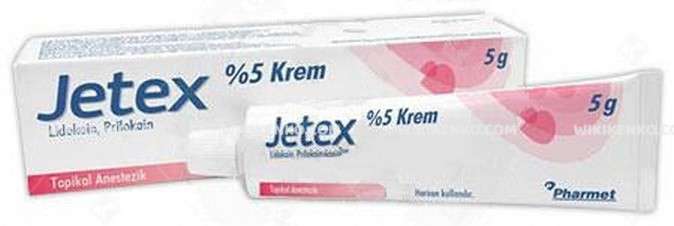
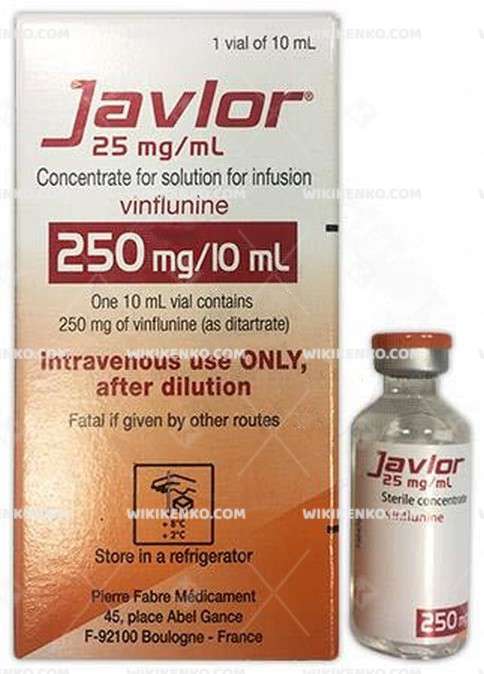
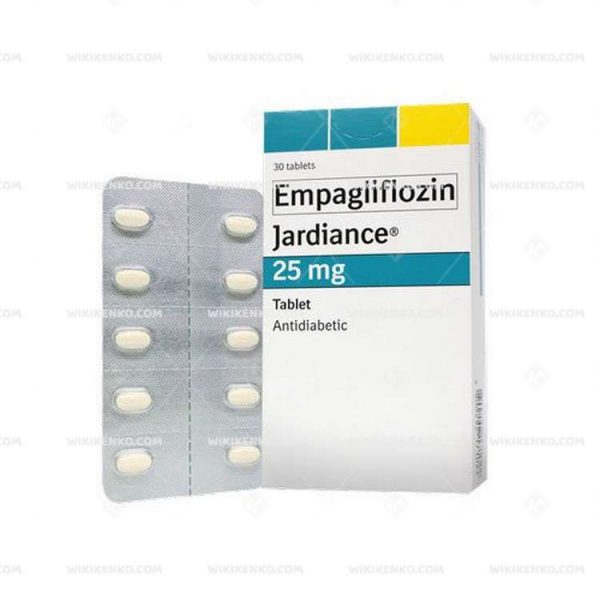
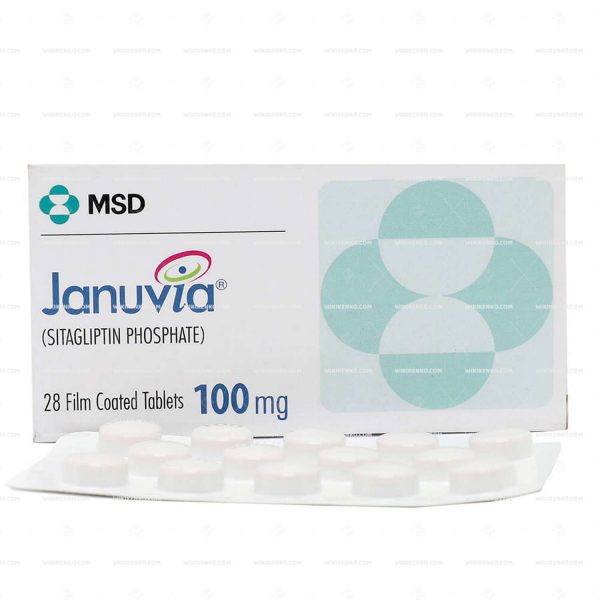
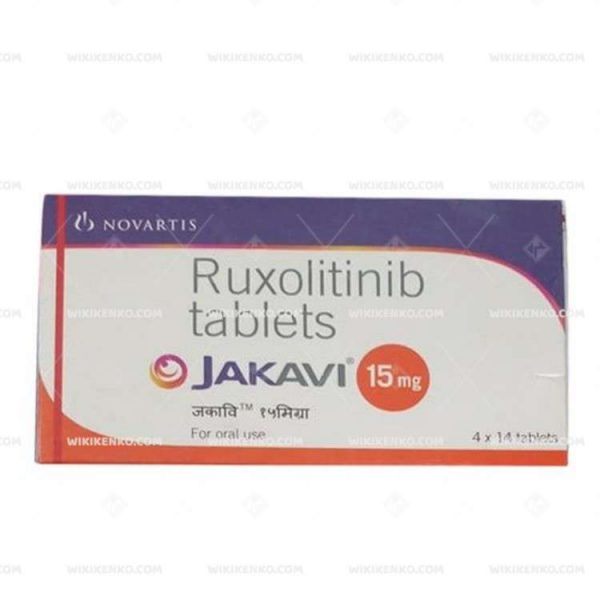
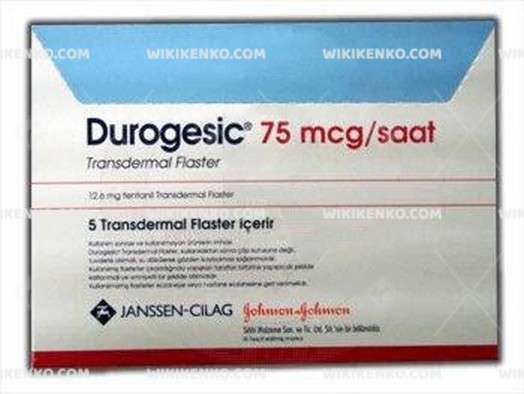








Reviews
There are no reviews yet.